Related Research Articles

In organic chemistry, a ketene is an organic compound of the form RR'C=C=O, where R and R' are two arbitrary monovalent chemical groups. The name may also refer to the specific compound ethenone H2C=C=O, the simplest ketene.
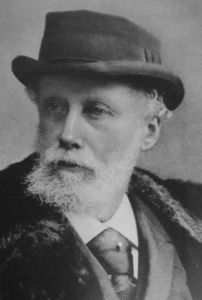
Albert Ladenburg was a German chemist.

Moses Gomberg was a chemistry professor at the University of Michigan. He was elected to the National Academy of Sciences and the American Philosophical Society, and served as president of the American Chemical Society.
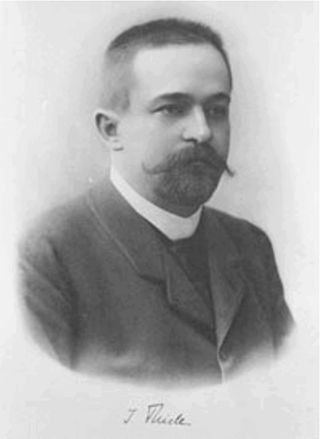
Friedrich Karl Johannes Thiele was a German chemist and a prominent professor at several universities, including those in Munich and Strasbourg. He developed many laboratory techniques related to isolation of organic compounds. In 1907 he described a device for the accurate determination of melting points, since named Thiele tube after him.
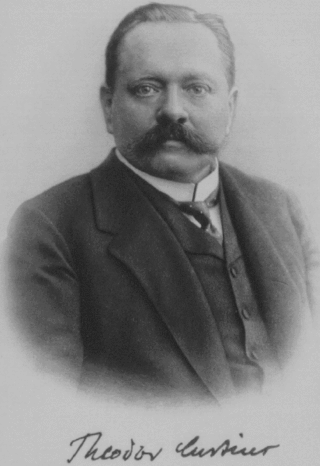
GeheimratJulius Wilhelm Theodor Curtius was professor of Chemistry at Heidelberg University and elsewhere. He published the Curtius rearrangement in 1890/1894 and also discovered diazoacetic acid, hydrazine and hydrazoic acid.In 1882 he carried out the first ever peptide synthesis, creating the N-protected dipeptide, benzoylglycylglycine
The Finkelstein reaction, named after the German chemist Hans Finkelstein, is an SN2 reaction that involves the exchange of one halogen atom for another. It is an equilibrium reaction, but the reaction can be driven to completion by exploiting the differential solubility of halide salts, or by using a large excess of the halide salt.

Paul Friedländer was a German chemist best known for his research on derivates of indigo and isolation of Tyrian purple from Murex brandaris.
Anton Köllisch was a German chemist who, whilst working at Darmstadt for pharmaceutical giant Merck, first described the synthesis of the chemical MDMA.

Arthur Rudolf Hantzsch was a German chemist.
The Schotten–Baumann reaction is a method to synthesize amides from amines and acid chlorides:

Ludwig Gattermann was a German chemist who contributed significantly to both organic and inorganic chemistry.

Ernst Otto Beckmann was a German pharmacist and chemist who is remembered for his invention of the Beckmann differential thermometer and for his discovery of the Beckmann rearrangement.

Hans Heinrich Landolt was a Swiss chemist who discovered iodine clock reaction. He is also one of the founders of Landolt–Börnstein database. He tested law of mass conservation which was given by Lavoisier.

Carl Schotten was a German chemist who, together with Eugen Baumann, discovered the Schotten-Baumann reaction. The Schotten-Baumann reaction is a method to synthesize amides from amines and acid chlorides. Examples of this reaction include the synthesis of N-vanillyl nonanamide, also known as synthetic capsaicin.
Richard Wolffenstein was a German chemist.
Friedrich Hermann Leuchs was a German chemist.
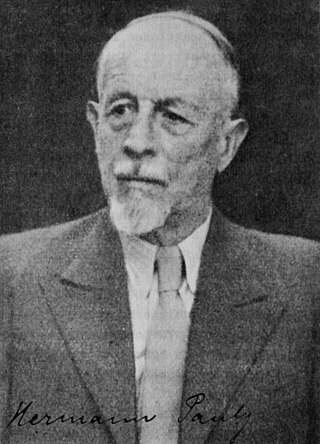
Hermann Pauly was a German chemist and inventor. He is known for the Pauly reaction, a chemical test used for detecting the presence of tyrosine or histidine in proteins.
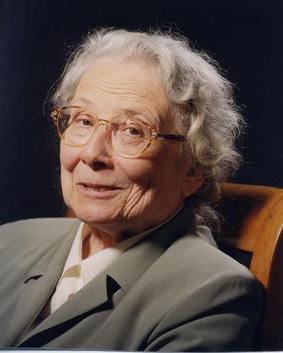
Margot Becke-Goehring was a Professor of Inorganic Chemistry at the University of Heidelberg and she was the first female rector of a university in West Germany - the Heidelberg University. She was also the director of the Gmelin Institute of Inorganic Chemistry of the Max Planck Society that edited the Gmelins Handbuch der anorganischen Chemie. She studied Chemistry in Halle (Saale) and Munich, and she finished her doctorate and habilitation at the University of Halle. For her research on the chemistry of main-group elements, she was awarded Alfred Stock Memorial Prize. One of her most notable contributions to inorganic chemistry was her work on the synthesis and structure of poly(sulfur nitride), which was later discovered to be the first non-metallic superconductor. For her success in editing the Gmelins Handbuch der anorganischen Chemie, she received the Gmelin-Beilstein memorial coin.

Iminoboranes comprise a group of organoboron compounds with the formula RB=NR'. They are electronically related to acetylenes but are usually more reactive due to the polarity.
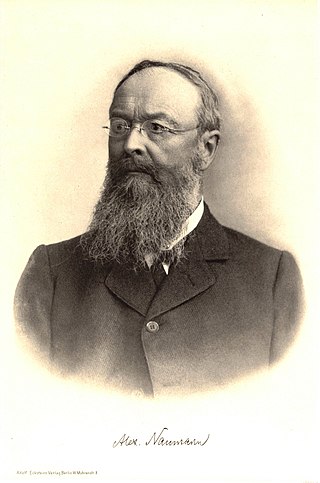
Alexander Nikolaus Franz Naumann was a Prussian and German physical chemist and a professor at the University of Giessen. He was a pioneer of chemical thermodynamics and proposed that molecules reacted when their energy levels exceeded a certain critical level which could be achieved through the provision of heat.
References
- 1 2 Finkelstein, Hans (1910-04-01). "Darstellung organischer Jodide aus den entsprechenden Bromiden und Chloriden". Berichte der Deutschen Chemischen Gesellschaft. 43 (2): 1528–1532. doi:10.1002/cber.19100430257. ISSN 1099-0682.
- 1 2 Finkelstein, Hans (1959-05-01). "Über ein Derivat des Benzocyclobutens". Chemische Berichte. 92 (5): XXXVII–XLVI. doi:10.1002/cber.19590920538. ISSN 1099-0682.
- ↑ "Antisemitic Legislation 1933–1939". www.ushmm.org. Retrieved 2017-02-27.